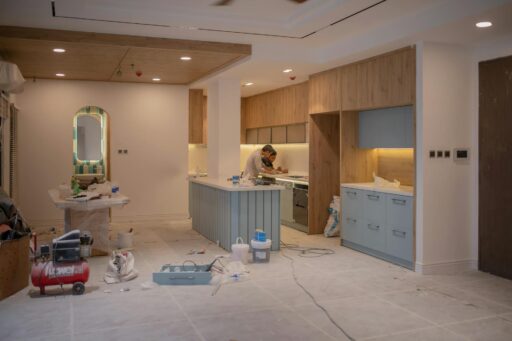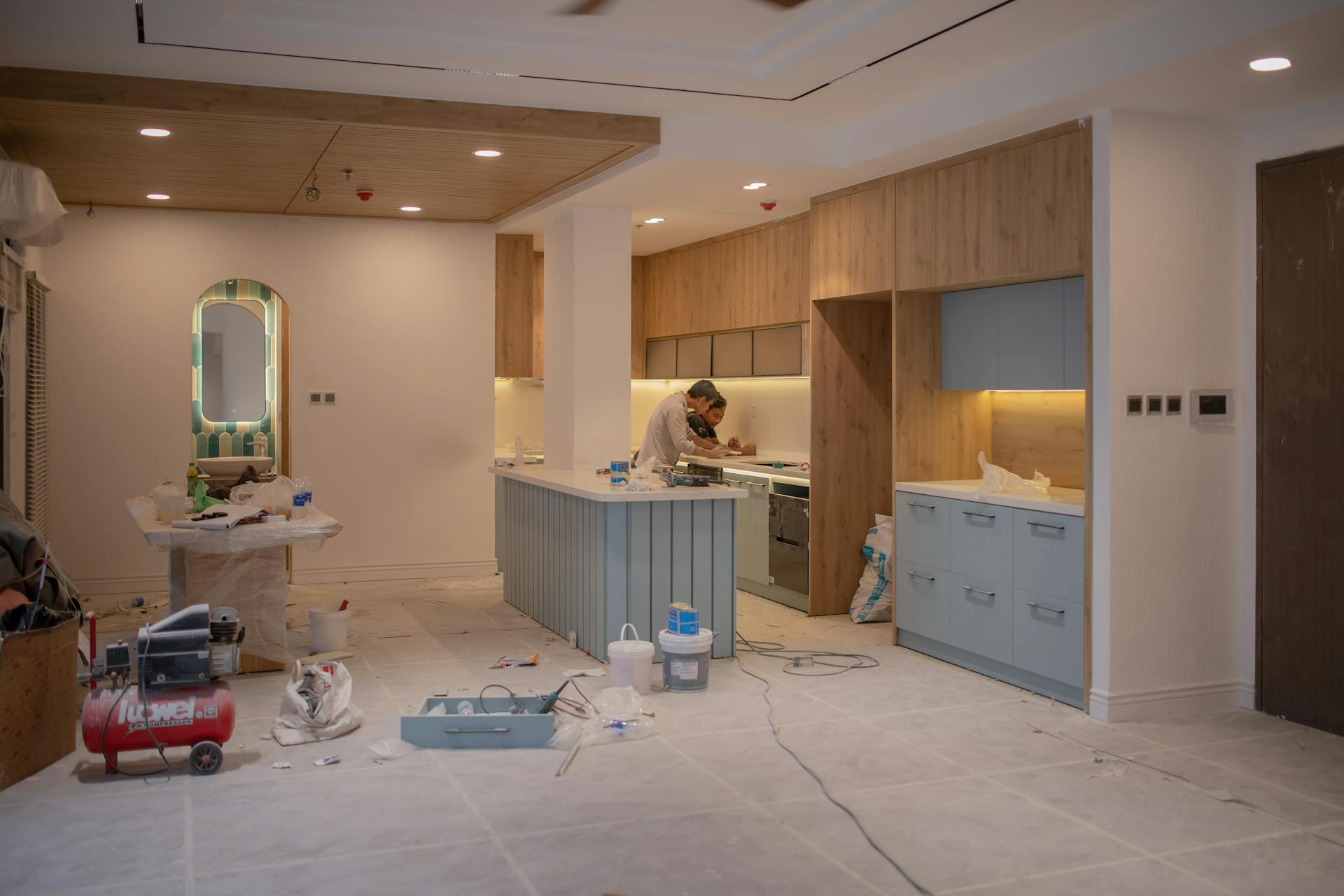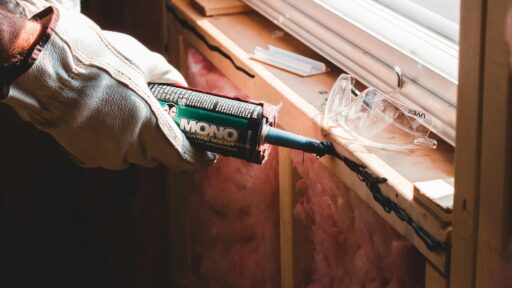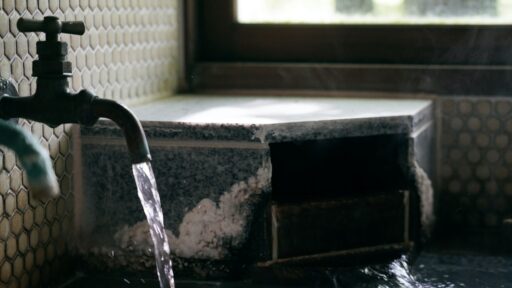Remodeling your home can be one of the most rewarding investments, both emotionally and financially. Whether you’re upgrading for comfort, functionality, or resale value, it’s easy to get lost in the whirlwind of options. In a city like Pittsburgh, where weather plays a significant role in daily comfort, your renovation priorities need to be practical.
But how do you decide what needs attention first? That’s where this guide comes in. This article breaks down what areas of your home should take top priority in a remodel and why they matter.
1. Safety First: Electrical, Plumbing, and Structural Repairs
The first step in any home remodeling project should always be safety. This means evaluating and upgrading your home’s core systems: electrical wiring, plumbing, and the structural foundation. If your home is older, chances are it wasn’t built to handle the electrical demands of modern life. Overloaded circuits, outdated fuse boxes, or worn-out wiring can become fire hazards. Similarly, aging or leaky pipes can lead to costly water damage, mold growth, and plumbing failures that are much more expensive to fix later.
Structural issues like sagging beams, cracked foundations, or shifting floors might seem invisible at first, but they pose serious long-term risks.
Addressing these fundamentals first ensures the rest of your remodeling efforts have a strong and safe foundation to build on.
2. Siding Repair or Replacement
In snowy cities like Pittsburgh, siding is your home’s armor against harsh weather. Siding protects your insulation, structural framing, and interior walls from snow, ice, rain, and wind. If it’s cracked, warped, or rotting, water can sneak in, leading to mildew, interior damage, and even pest infestations.
Replacing or repairing siding is one of the smartest exterior upgrades you can make early in a remodel. When considering siding work, it’s wise to hire a top Pittsburgh remodeling company familiar with your climate. They know how to select materials that handle seasonal changes and won’t recommend solutions that might fail under heavy snow or extreme temperature swings.
Ultimately, repairing or replacing your home’s siding improves energy efficiency and boosts curb appeal at the same time.
3. Addressing Roofing Issues
Much like siding, your roof is a barrier between your home and the elements. A roof in poor condition is more than an inconvenience—it’s a liability. Small leaks can turn into major damage, ruining ceilings, walls, insulation, and even your belongings. And once moisture gets inside, mold can spread fast.
If your roof is over 20 years old, or if you’ve noticed missing shingles, sagging, or water stains indoors, it’s time to bring in a roofing specialist. Replacing or repairing the roof early in your remodel ensures you won’t have to tear out new drywall or repaint ceilings later due to preventable water damage. A solid roof protects every improvement you plan to make beneath it.
4. Windows and Doors: Insulation and Efficiency
Outdated windows and doors might look charming, but they’re often major sources of energy loss. Air leaks through poor seals, old glass conducts heat and cold poorly, and drafty frames create uncomfortable living conditions. Replacing them can drastically reduce your energy bills, especially during months with high heating or cooling needs.
Modern, energy-efficient windows and properly fitted doors help regulate indoor temperatures better. They also improve your home’s soundproofing and security. While they may seem like cosmetic features, their impact on your comfort and utility costs makes them a priority in any remodel.
5. Heating, Cooling, and Air Quality
The heating and cooling system is central to your home’s comfort. Whether it’s a furnace, boiler, central air, or ductless system, it should be reliable and efficient. If your system is over a decade old, frequently breaking down, or struggling to keep the home comfortable, replacement might be a smart move.
A modern HVAC system does more than just manage temperature. It filters out allergens, reduces humidity, and improves overall indoor air quality. Investing in HVAC upgrades early ensures your remodeled space feels as good as it looks, no matter the season.
6. Kitchen Upgrades: Function Over Flash
When it comes to remodeling the kitchen, many homeowners are tempted to jump straight to high-end finishes or trendy designs. But before choosing backsplash tiles or luxury fixtures, it’s more important to focus on the function of the space.
Think about how your kitchen is laid out. Is it easy to move between the stove, sink, and refrigerator? Is there enough storage for your cookware and pantry items? Can more than one person cook or prep without getting in the way? Functional upgrades like better cabinet design, increased counter space, or improved lighting make a much bigger difference in your daily life than purely aesthetic choices.
A well-designed kitchen doesn’t just look good—it works better. That should always be your starting point.
7. Bathroom Improvements
Bathrooms may be smaller spaces, but they can have a huge impact on comfort and home value. It’s also one of the most frequently used rooms in any house. If your bathroom is outdated, poorly ventilated, or prone to plumbing issues, remodeling it can greatly improve your quality of life.
When remodeling a bathroom, start by evaluating the basics. Are the fixtures leaking? Is there proper ventilation to prevent mold? Do you have enough storage for toiletries and towels? Once those essentials are handled, you can look at upgrades that combine comfort with efficiency. Low-flow toilets, water-saving faucets, and modern showerheads reduce water usage without sacrificing performance or style.
Bathrooms don’t need to be fancy, but they should feel clean, efficient, and comfortable. A few smart upgrades can make a major difference.
8. Flooring: Comfort, Safety, and Style
Floors take a daily beating. They’re walked on, spilled on, and scraped by everything from furniture to pets. That’s why it’s important to evaluate your flooring not simply for looks, but for durability and safety. If you have cracked tiles, loose boards, or uneven areas, those are tripping hazards that need to be addressed early in a remodel.
When choosing new flooring, consider your household’s needs. Families with kids or pets might prefer scratch-resistant vinyl or laminate. High-traffic areas like hallways or kitchens need something durable and easy to clean.
Sometimes, you don’t even need to replace—refinishing existing hardwood floors can breathe new life into a room without the cost of full replacement.
Remodeling your home is a chance to improve not just how it looks, but how it functions and feels. While it’s easy to be drawn to stylish upgrades, focusing on foundational improvements brings longer-term benefits. By the time you get to the finishing touches, you’ll have a home that’s more than just a beautiful structure—it’s a place built to support your lifestyle.







